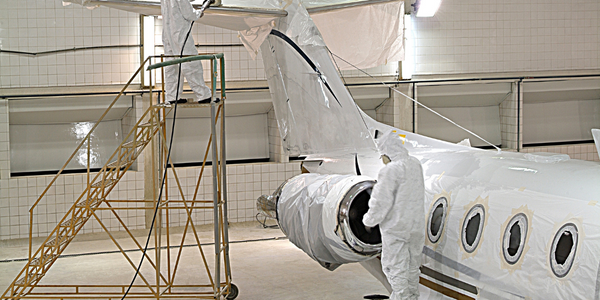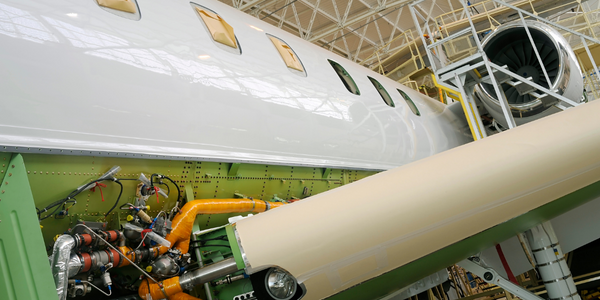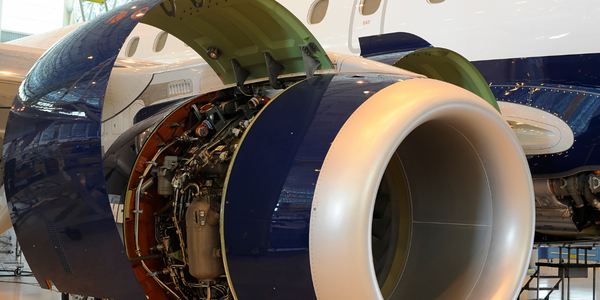技术
- 基础设施即服务 (IaaS) - 公共云
- 平台即服务 (PaaS) - 应用开发平台
适用行业
- 航天
- 水泥
适用功能
- 产品研发
用例
- 楼宇自动化与控制
- 数字孪生
服务
- 云规划/设计/实施服务
关于客户
Boom Supersonic 是一家总部位于丹佛的初创公司,致力于消除体验地球的障碍。他们的主要目标是建造一架 2.2 马赫的客机,其经济性足以以商务舱票价运营。该公司得到了 8VC、RRE、Lightbank、Y Combinator 和 Caffeulated Capital 等风险投资公司以及 Sam Altman、Paul Graham 和 Greg McAdoo 等天使投资人的支持。 Boom 目前正在利用最近 3300 万美元的 A 轮融资建造 XB-1 验证机,并将在巴黎航展上宣布重大设计更新。
挑战
Boom Supersonic 是一家总部位于丹佛的初创公司,旨在通过设计新型超音速客机来重塑航空旅行。挑战在于,世界上第一架商用超音速飞机协和式飞机由于运营成本高昂以及无法以 20,000 美元的往返机票价格填满 100 个座位,因此在商业上并不成功。由于空中客车公司无法再采购零部件,协和式飞机于 2003 年退役,标志着技术进步罕见的倒退。十四年后,Boom 重新点燃了超音速旅行的梦想,并在巴黎航展上展示了其更新的 XB-1 超音速演示机。然而,这次的设计阶段与 1960 年代有很大不同,需要先进的计算能力和高效的数据管理工作流程。
解决方案
为了克服这些挑战,Boom Supersonic 正在加强与 Rescale 的战略合作伙伴关系,利用云高性能计算 (HPC) 的力量来设计和优化其新型超音速客机。 Boom 使用 Rescale 的交钥匙云 HPC 平台在强大的计算基础设施上运行计算流体动力学 (CFD) 和有限元分析。这使他们能够在设计的每个阶段运行数千次模拟,从而实现精益启动操作,同时模拟和优化高保真虚拟原型模型。 Boom 的产品开发周期几乎完全由仿真驱动,使用 Rescale 平台从最初的高级概念到可变几何发动机进气等项目的详细设计。通过与 Rescale 开发团队合作,Boom 正在帮助 Rescale 开发高效的数据管理工作流程。
运营影响

Case Study missing?
Start adding your own!
Register with your work email and create a new case study profile for your business.
相关案例.

Case Study
System 800xA at Indian Cement Plants
Chettinad Cement recognized that further efficiencies could be achieved in its cement manufacturing process. It looked to investing in comprehensive operational and control technologies to manage and derive productivity and energy efficiency gains from the assets on Line 2, their second plant in India.

Case Study
Airbus Soars with Wearable Technology
Building an Airbus aircraft involves complex manufacturing processes consisting of thousands of moving parts. Speed and accuracy are critical to business and competitive advantage. Improvements in both would have high impact on Airbus’ bottom line. Airbus wanted to help operators reduce the complexity of assembling cabin seats and decrease the time required to complete this task.

Case Study
Aircraft Predictive Maintenance and Workflow Optimization
First, aircraft manufacturer have trouble monitoring the health of aircraft systems with health prognostics and deliver predictive maintenance insights. Second, aircraft manufacturer wants a solution that can provide an in-context advisory and align job assignments to match technician experience and expertise.

Case Study
Aerospace & Defense Case Study Airbus
For the development of its new wide-body aircraft, Airbus needed to ensure quality and consistency across all internal and external stakeholders. Airbus had many challenges including a very aggressive development schedule and the need to ramp up production quickly to satisfy their delivery commitments. The lack of communication extended design time and introduced errors that drove up costs.

Case Study
Accelerate Production for Spirit AeroSystems
The manufacture and assembly of massive fuselage assemblies and other large structures generates a river of data. In fact, the bill of materials for a single fuselage alone can be millions of rows of data. In-house production processes and testing, as well as other manufacturers and customers created data flows that overwhelmed previous processes and information systems. Spirit’s customer base had grown substantially since their 2005 divestiture from Boeing, resulting in a $41 billion backlog of orders to fill. To address this backlog, meet increased customer demands and minimize additional capital investment, the company needed a way to improve throughput in the existing operational footprint. Spirit had a requirement from customers to increase fuselage production by 30%. To accomplish this goal, Spirit needed real-time information on its value chain and workflow. However, the two terabytes of data being pulled from their SAP ECC was unmanageable and overloaded their business warehouse. It had become time-consuming and difficult to pull aggregate data, disaggregate it for the needed information and then reassemble to create a report. During the 6-8 hours it took to build a report, another work shift (they run three per day) would have already taken place, thus the report content was out-of-date before it was ever delivered. As a result, supervisors often had to rely on manual efforts to provide charts, reports and analysis.








